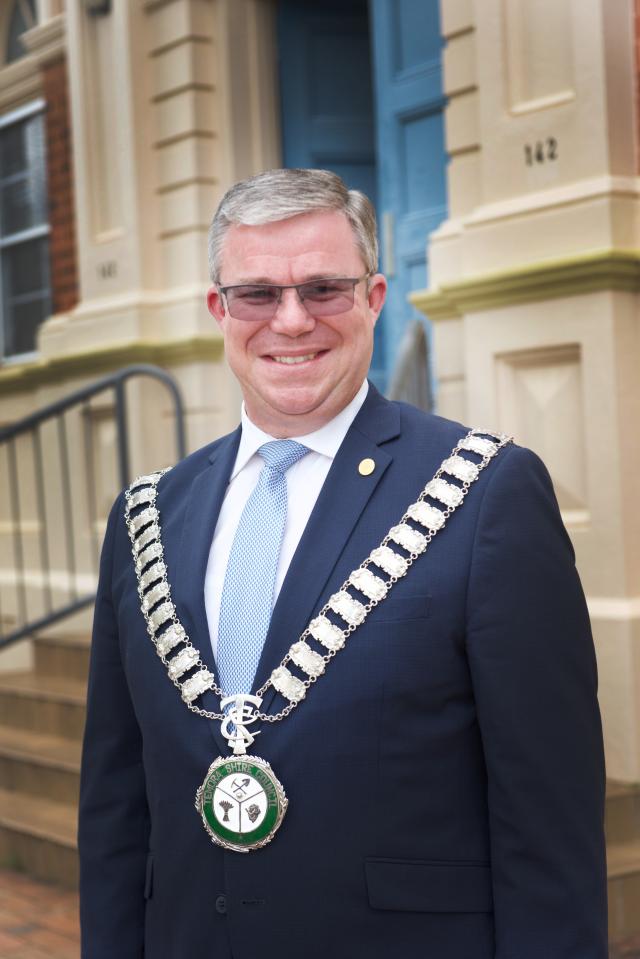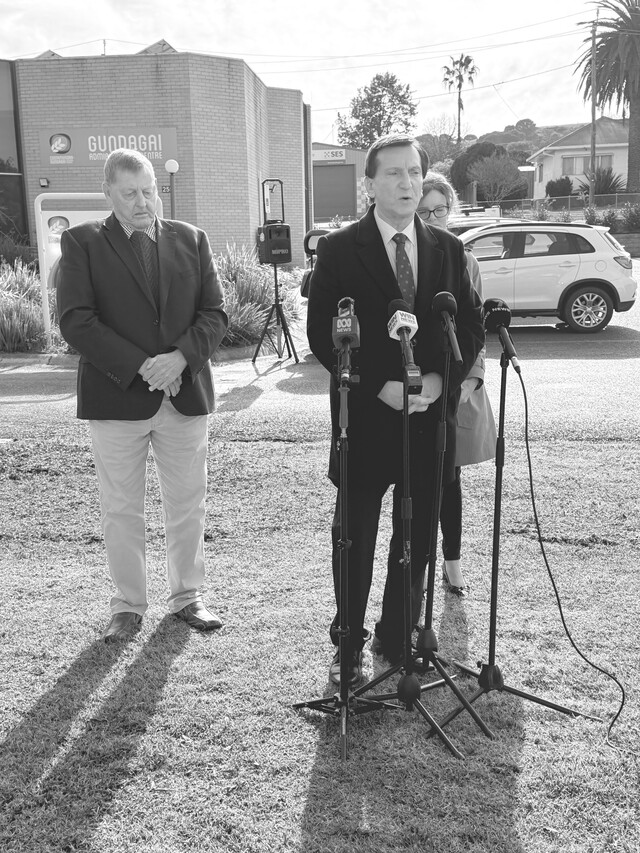The City of Sydney is the first local government in Australia that has committed to reporting annually on gender pay equity in its workforce.
The gender pay gap is the difference between women’s and men’s average weekly full-time equivalent earnings, expressed as a percentage of men’s earnings.
Pay equity is achieved when women and men receive equal pay for work of equal or comparable value. This means that women and men performing the same role at the same performance level are paid the same amount.
Under the Workplace Gender Equality Act 2012, non-public sector organisations with over 100 employees must report annually against a number of gender equity indicators, including remuneration. While councils are not required to report, the City of Sydney was convinced that it was not only the right and fair thing to do, but that gender equity also brings business benefits.
Research shows that organisations that respect and value the diversity brought by both women and men are better able to attract and retain high performers and improve operational performance. Having the best talent is critical to the City of Sydney’s success as infrastructure and service demands and expectations grow.
The City engaged Mercer Consulting, who has strong expertise in gender pay analysis and reporting, to analyse its workforce in relation to the gender pay gap.
The City’s results are pleasing. It found there was a relatively small overall gender pay gap of 2.5 percent. This compares with the national gender pay gap of 17.3 percent and public sector pay gap of 12 percent. (Source: Workplace Gender Equality Agency, Gender Pay Gap Statistics March 2016).
The relatively even distribution of women and men in salaried roles at the City may help to explain this comparatively small gap. While the research did not specifically look at causes for pay gaps, length of service may be a factor in some pay gaps – in part due to male tenure averaging 3.5 years more than that of females.
National research shows the gender pay gap is influenced by a range of interrelated work, family and social factors. According to the WGEA, the main factors that contribute to the gender pay gap include industrial and job segregation, a lack of women in leadership and senior positions within an organisation, and gender bias.
While its gender pay gap is relatively small, the City will continue its commitment to gender equity by improving workplace flexibility, including in senior roles. Building management capability to lead a diverse and inclusive workplace will continue to be a priority.
The City will also investigate ways to enhance the employee value proposition to attract and retain women in roles identified as male ‘gendered’, and continue to develop current women employees into senior manager roles.








